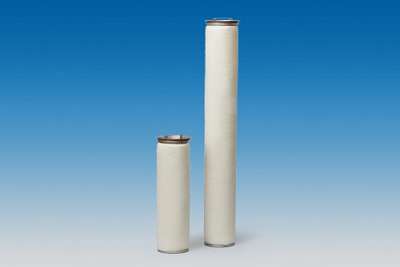Ethylene is one of the most essential petrochemical intermediates and is a feedstock for various end products like food packaging/containers, bottles, films, pipes, antifreeze, etc. The ethylene production process is a complex multistage process. The primary feedstocks are naphtha and natural gas (ethane, propane, butane, etc.). The first step is to take the feedstocks and ‘crack’ them into ethylene and other various by-products by subjecting them to high temperatures (300 to 900 °C/ 572 to 1652 °F) in the absence of oxygen, a process known as pyrolysis.
After the ethylene cracker, heavy oil may be present from carryover into the quench water. To re-use part of the quench water for steam production, it must be processed to remove hydrocarbon contaminants, including pyrolysis gasoline (py-gas). Failure to do so will cause fouling of heat exchangers and boilers, lead to poor separation in stripping units, and increase energy consumption.
-
Challenge
-
Solution
Process engineers at a major mixed feed cracker ethylene producer in Europe needed to remove free py-gas from the process quench water downstream of the coalescer to minimize fouling and heat transfer decrease in their heat exchangers. They approached Pall to recommend upgrading the current filtration and separation system installed on its Dilution Steam System (DSS).
Quench Water system
- Flowrate: up to 90 m3/hr
- Operating Temperature: 82°C
Pall carried out field trials using a pilot unit for 5 weeks to validate the performance of the proposed upgrade using Pall PhaseSep EL Liquid/Liquid coalescers. The coalescer was safeguarded by a particulate pre-filter, ß23(c) >5,000, to prevent premature clogging from large solid contaminants. After validating the two-stage configuration, Pall installed a rental skid as an immediate solution, which allowed Pall to install the appropriate internals into the existing filter vessels to finalize the permanent filter upgrade. The full-scale operation confirmed the outstanding results achieved by the pilot unit, specifically, clear and bright process quench water, with no visible free hydrocarbons or py-gas present downstream of the rental skid.
By upgrading its Dilution Steam System with Pall PhaseSep EL advanced coalescence technology, the ethylene producer could maximize its production output by improving the efficiency of its heat exchangers. This result was achieved by significantly reducing polymerization reactions due to the absence of free py-gas in the process quench water. Since installation, the PhaseSep EL coalescer elements have been operating consistently, allowing the ethylene processing plant to meet its production output targets in both quality and quantity of ethylene produced.
Learn more about the solution that can support your applications or contact an expert today.
Contact our filtration team today to discuss how we can help you achieve your goals.






